Why Are So Many Automakers Partnering Up?

Scion’s latest sedan is made by Mazda, while Mercedes’ latest EV uses Tesla technology. BMW and Toyota are also working on a new sports car together. Automakers all over the world are collaborating on new products, but why?
The concept of automakers working together isn’t new, but the reasons for doing so might not be incredibly obvious. As the automotive industry expands worldwide, the costs associated with making a car increases accordingly, so automakers have to find ways to cut costs without cutting quality or stifling innovation.
“In this day and age, the research and development of a new vehicle for a major automaker has become a global project and can cost billions of dollars,” said Tim Urquhart, Principal Analyst at IHS Automotive. “The more of that cost you can share with another automaker, the better.”
When designing a new car, automakers have a number of targets to hit that require a lot of costly research. Meeting safety and fuel-economy standards are among the most expensive parts of developing a car, and then you have to consider the different markets it is sold in, as each region may have a different set of rules.
“Look at global emission standards, for example,” Urquhart said. New cars are required to be more fuel efficient than ever before. “If you’re looking at conventional internal combustion engine technology, it’ll be difficult to achieve those higher standards, so automakers will start to look to plug-in hybrid and electric vehicle technology,” he said.
Not only is that kind of technology expensive to develop compared to the tried and true internal combustion engine, but it can also be new territory for an automaker. What’s an automaker to do in an area where it has no expertise? Pay huge amounts of money for research, get help from someone who’s already an expert, or collaborate with someone who shares similar goals?
“The budgets are tough for a single OEM to deal with themselves, so collaborating with one another is a smart move” he said.
Joining Teams: The Good Ones
Consider the Mercedes-Benz B-Class EV, which uses Tesla technology. The electric motor, batteries, charger, and supporting EV systems in the compact car are all made by Tesla. By using Tesla’s expertise and technology, the German automaker can quickly fill a niche in its lineup, improve its carbon footprint and learn more about electric vehicles. Tesla, on the other hand, gets to leverage Daimler’s engineering, production and supply chain expertise.
This kind of give and take for the two companies proves to be beneficial for all parties involved. Tesla can take what it learned from Daimler and understand how to improve its production process as it adds more vehicles to its lineup, while Daimler sees the growing demand for electric vehicles in the market. They can learn from each other’s strengths and weaknesses.
Looking at scale, Daimler and Nissan have another partnership that allows the two companies to produce up to 250,000 engines a year to be used in a number of Mercedes and Infiniti vehicles. From there, the two companies will share a front-wheel drive platform, found in the Mercedes GLA-Class and upcoming Infiniti QX30.
“I think the Daimler-Renault-Nissan partnership is one of the most successful ones so far,” said Dave Sullivan, Product Analyst at AutoPacific. “Daimler needed to make a four-cylinder engine in the U.S. for the C-Class, and they worked with Nissan to build a plant in Tennessee. Both automakers get to use the engines in their vehicles and more sharing is on the horizon.”
What about the bad partnerships?
Not all partnerships are the same and some can result in sad disasters.
“Badge engineering is a typical downfall of poor partnerships,” said Urquhart. “You notice this when automakers try to quickly get a car out, and slap a badge on a vehicle that doesn’t fit with the rest of their brand’s identity.”
Badge engineering is simply when an existing car from one automaker gets a new badge and gets sold as a brand new or distinctly different product under another automaker. The results often feel like the consumer has been ripped off, receiving something that isn’t at all unique in the marketplace.
Urquhart describes an older partnership between Alfa Romero and Nissan, where the Nissan Cherry was sold as an Alfa Romeo Arna, which was cheap and not in line with the rest of the Italian brand’s lineup.
Picking a Partner Wisely
Smaller automakers really need partnerships to succeed. Mazda, for example, has been hooking up with a lot of different automakers and has seen great success. The new Scion iA is actually a Mazda2 sedan, and the brand new Mazda MX-5 Miata will be used by Fiat for a revival of the 124 Spider.
“In the very original stages of planning Mazda2 production, we had always intended that there were going to be 50,000 vehicles intended for Toyota,” said Jeremy Barnes from Mazda USA’s public relations team. “That’s now known as the Scion iA (and Toyota Yaris in Canada).”
Barnes hinted at the fact that the new MX-5 just wouldn’t exist without Fiat’s interest. “The U.S. represents about half of the MX-5s sold in the world, although it’s just a few thousand a month,” he said. “It’s a niche vehicle, so in order to develop the new model, we had to partner with someone like Fiat.”
However, Barnes insisted that Mazda wouldn’t partner with just anyone. “Whatever other automaker we’re working with, has to have the same core principles as us,” he said, pointing out that the Japanese automaker looks to make fun cars rather than a car for everyone. “Our partnerships have to enable us to continue making cars that are in line with our brand DNA.”
In contrast to the MX-5/Fiat 124 Roadster collaboration, Barnes explained a partnership between Mazda and Toyota, the latter company being known for having dull, boring cars to drive.
“In Japan, we actually team up with Toyota to make a Mazda3 Hybrid, which uses Toyota’s Hybrid Synergy Drive system,” he said. “Having saved the money that could have been spent designing our own system, we could spend it on things that are important to us, like developing a sportier suspension setup.”
Saving Money All Ways
Indeed, automotive partnerships are mostly about saving money. Cars are becoming increasingly more expensive to make, (Barnes wouldn’t give us a hard number, but said it started with a ‘B’) and sharing the costs to design or produce the cars is the ideal way to cut costs. But what about the consumers? What does this mean for us? Sometimes, automakers collaborate to make life easier for consumers and contribute to the common good.
“Look at the current EV fast charging options,” said AutoPacific’s Sullivan. “There are three standards out there: the Tesla Supercharger, SAE Combo Charger and the CHAdeMO set up.” These different charging options make it difficult to buy an EV and plan for the future. If you buy a Spark EV, which uses a SAE combo charger, and buy a home charger for it, you’ll be limited when you want to upgrade to another electric vehicle. You’d have to buy a whole new home charger if you wanted to get a Tesla next, for example. If automakers worked together to create a charging standard, this could have been avoided.
As the saying goes, it takes a village to raise a child. Imagine that child is a brand new car and it makes sense why automakers are joining up to build the best car possible at the lowest cost they can. Whether its consultation or production assistance, development of a new platform or vehicle, or even the use of a new technology in another company’s vehicle, automaker collaboration is good for the industry and is one of the best ways for companies to move forward and stay profitable.
Why Are So Many Automakers Partnering Up?

Sami has an unquenchable thirst for car knowledge and has been at AutoGuide for the past six years. He has a degree in journalism and media studies from the University of Guelph-Humber in Toronto and has won multiple journalism awards from the Automotive Journalist Association of Canada. Sami is also on the jury for the World Car Awards.
More by Sami Haj-Assaad





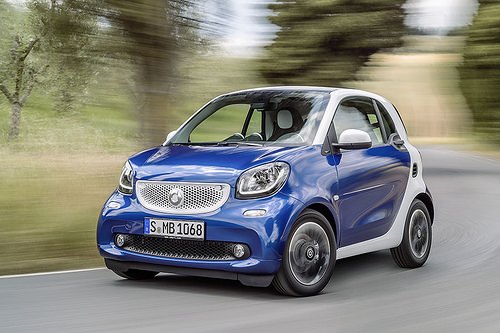






















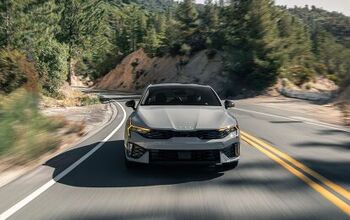



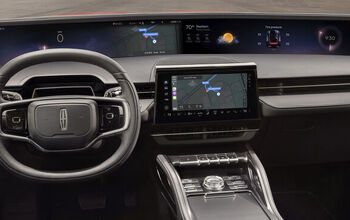
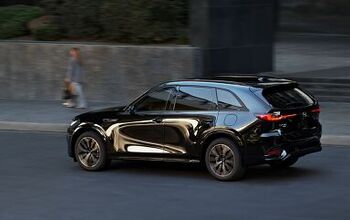

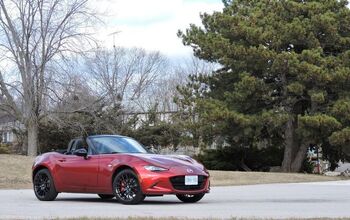





Comments
Join the conversation
Good article, great examples, nice detail.
Great point about the electric car charging stations. Auto makers should make a single plug-in system that can be used for any electric car, like the standard plugs in your home. That is, unless, you bring your car when you travel to a different country. Then the plugs change (travel plug kit for your car?).